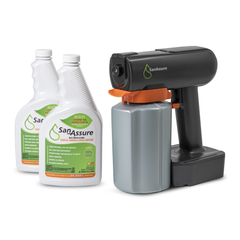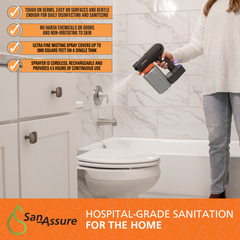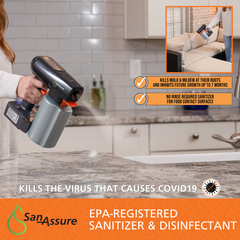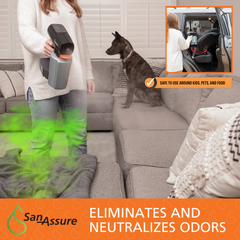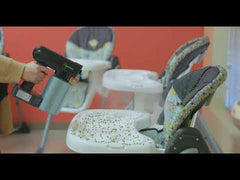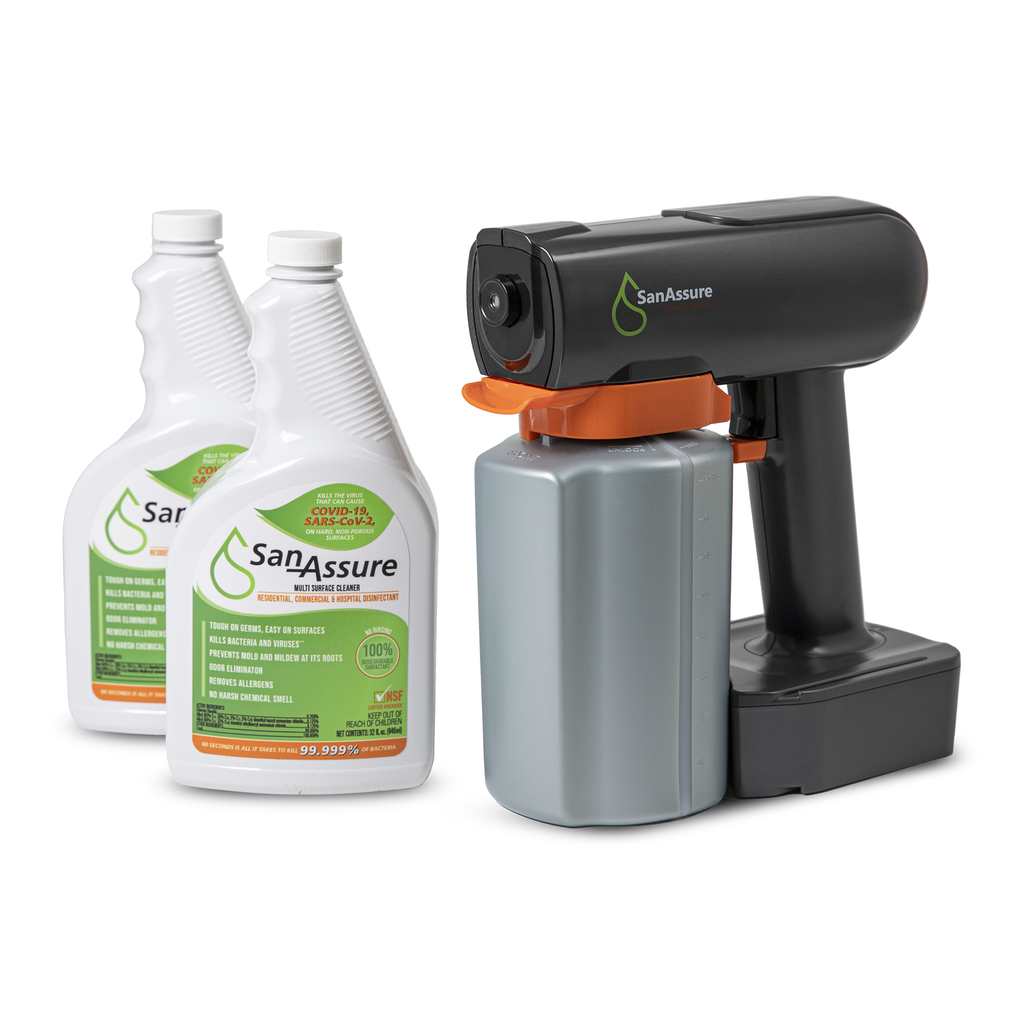

How often should I clean my Yoga Mat?
There’s no denying that yoga is good for the mind and body, but an unwashed yoga mat is a perfect incubator for pathogens. Most yoga mats are porous and retain liquid, creating an ideal environment for bacteria, viruses, and fungi to thrive. One study found that yoga mats in a hot yoga class carry eight times more bacteria than a toilet seat. Another study that tested yoga mats at a studio in Houston, Texas, found that some yoga mats tested for yeast, Staphylococcus (staph), fungi, and Coliform bacteria. Yoga mats have also been found to harbor parasites, viruses, and common allergens like dust mites. To help avoid pathogens and nasty yoga mat smells, it’s vital to clean and sanitize your mat regularly. But how often should you clean your yoga mat? And what’s the best way to get the job done? We have the details for you here.
Bacteria can survive for several hours to several days on surfaces, while viruses can linger for weeks. Warm, humid environments––such as those found in hot yoga studios or outdoor classes––are the perfect conditions for germs to fester. Pathogens have the ideal opportunity to spread in group yoga settings and fitness classes. Just walking barefoot across an unsanitary studio floor, yoga mat, or gym mat could be enough to catch athlete’s foot (a type of fungus, ringworm, that makes the feet dry, cracked, and itchy), folliculitis (tiny, acne-like bumps on the skin), impetigo (itchy, red sores that scab over), or, even worse, Staphylococcus (staph). More than 30% of people are silent carriers of this bacteria, which can be especially harmful in one form: methicillin-resistant Staphylococcus aureus (MRSA).
Though MRSA was once only found in hospital environments, it has spread to yoga studios and fitness centers in recent years. And it’s not just yogis who are at higher risk for contracting this highly contagious bacteria; weightlifters, gymnasts, CrossFitters, and wrestlers can run into the same problem. According to the U.S. Centers for Disease Control and Prevention (CDC), about two in every 100 people carry MRSA, which can penetrate the skin through a small cut and become a large pus-filled abscess within an hour. MRSA can survive on some surfaces for hours, days, weeks, or even months.
Unlike restaurants, which are overseen by public health departments and gyms that follow the sanitary guidelines set by the International Health, Racquet and Sportsclub Association (IHRSA), not all yoga studios are not subject to strict hygienic standards.
Dr. Robert Lahita, a professor of medicine, microbiologist, and avid yoga practitioner, explained to Elle just how dirty yoga mats can be:
"A yoga mat is a perfect incubator for many of our skin infections. The yoga mat is a very fertile source for infection, mainly because people sweat on them and they are rarely cleaned."
Yogis are particularly susceptible to spreading and catching infectious microbes because they expose their bare skin to the mat, including the body’s oilier areas that tend to have more microbes on them, such as feet, foreheads, backs, and chests.
HOW OFTEN SHOULD I CLEAN MY YOGA MAT? Aim to deep clean your yoga mat once a week, or more often, depending on how often you practice, how much of a sweat you work up, and what your mat is made out of. Some yoga mats are more porous than others, so they need to be cleaned and sanitized more often. For instance, thicker yoga mats tend to have an open-cell construction, so they can soak up more liquid and harbor more germs.
If you’re using a communal mat, clean and sanitize it before and after each use. Additionally, if you use your yoga mat outside or in another warm, humid environment, especially if people are sweating more (like inside a hot yoga studio or Bikram yoga studio), the mat should be cleaned and sanitized after every use.
Avoid using harsh cleaners like bleach or vinegar on your yoga mat, which can corrode the material and leave germs behind because they cannot penetrate porous surfaces.
There’s a better way. San-Assure is ideal for use on yoga mats, yoga blocks, studio floors, and other equipment. This multi-tasking solution kills 99.9% of bacteria and viruses, including MRSA. San-Assure also destroys odor-causing bacteria and won’t corrode treated surfaces. Unlike other cleaners and sanitizers, San-Assure can sanitize soft, porous surfaces.
Here’s how to efficiently clean and sanitize your mat with San-Assure:
MATERIALS NEEDED:
✨San-Assure
✨ Soft cleaning cloth (microfiber works well)
INSTRUCTIONS:
✨Lay your yoga mat flat. To clean, spray the mat liberally with San-Assure and use a soft cloth to gently scrub the mat from top to bottom in a back-and-forth circular motion to remove sweat, dirt, and other debris.
✨Rinse the mat with a clean cloth dampened with water.
✨Flip your mat over and repeat on the other side.
✨After cleaning, spray the mat with San-Assure and leave it behind to sanitize.
✨Hang up the mat somewhere that it can air dry, without trapping moisture underneath. Over a railing, shower rod, or shower door work well.
Navigation
Search
About
Technology
Resources
Professional Use
Contact
Newsletter
Accessibility
Terms of Service
Refund Policy
Privacy Policy
Warranty Registration
Contact us
About us
San-Assure provides multi-surface cleaning solutions that allow you to disinfect and sanitize every surface in your home. Our EPA-Registered sanitizer is safe to use and our electrostatic attraction technology provide full coverage disinfecting.
*simulated image.






